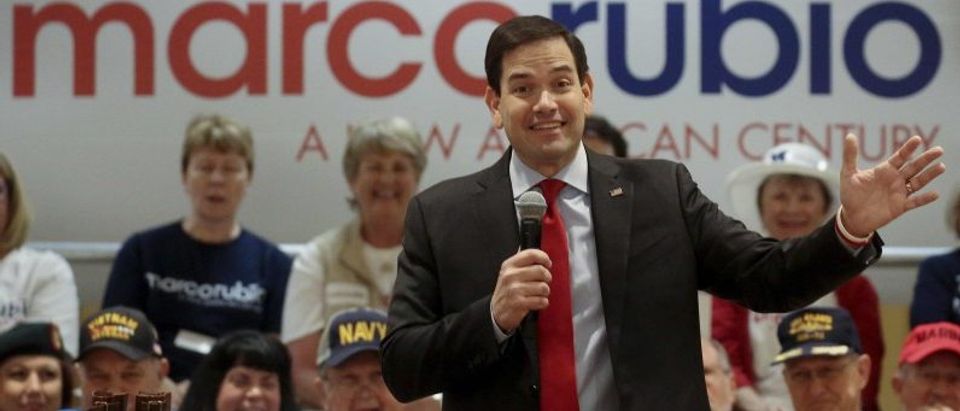Last night, incumbent Senators John McCain and Marco Rubio coasted to victory. It wasn’t exactly the fight of their lives.
What a contrast to 2010, when insurgents (led by Sen. Jim DeMint and then-powerful Tea Party groups) boosted candidates like Rand Paul, Christine O’Donnell, Mike Lee, Sharron Angle, Joe Miller (who ultimately fell to Sen. Murkowski’s write-in campaign), Pat Toomey, and the aforementioned Rubio over establishment favorites in the primaries.
Waves don’t just bring in the sturdy boats; they also bring in some rickety ones that shouldn’t have been considered seaworthy. So these developments turned out to be a mixed bag. But if the goal was to (A) scare the establishment into being more conservative, and (B) inject some new blood into the system, then they did just that.
That’s what makes 2016 all the more amazing. During the Republican presidential primary, representatives from this young crop of Tea Party conservatives (Scott Walker, Ted Cruz, Marco Rubio, et al.) were pushed aside in favor of a liberal who wasn’t even involved in the Tea Party revolution.
Enter Donald Trump. The casino mogul’s success specifically hinged on voters turning against the establishment—so you might expect that the Trump zeitgeist would create downstream ripples and cause problems for establishment incumbents, right?
Not so. Putting aside the presidential primary, the 2016 GOP primary results show that Trump is merely a cult of personality—or that his constituency amounts to a minority of the primary electorate (he won only because of a large primary field).
Either way, his success isn’t transferable to down-ballot insurgents.
Incumbents, it seems, can rest easy again.


